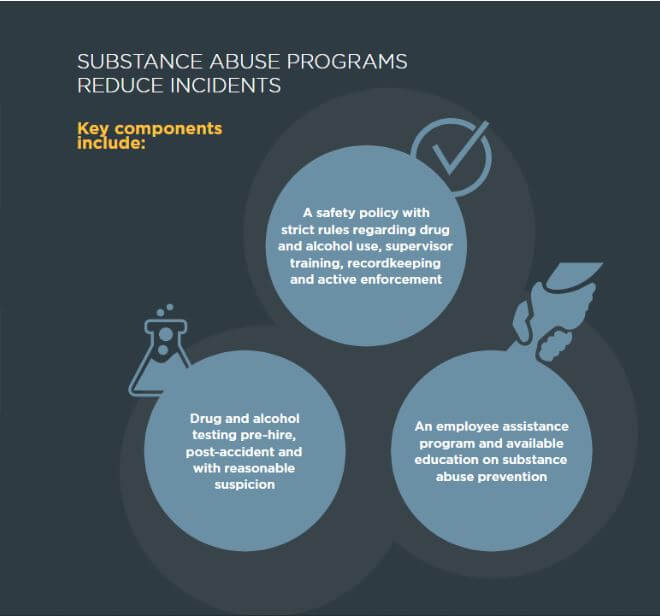In our previous blog post, we explored the idea that a large percentage of job site accidents and injuries could be preventable if certain “Common Causes” were identified and addressed. The ABC 2018 Safety Performance Report takes that line of thought even further and issues the challenge that “all incidents are preventable” in a culture “where safety is considered a moral obligation not just for leadership,
but for all employees.” Years of research and data aggregation have allowed ABC to determine how measures taken to prevent incidents actually improves real results, or “lagging indicators”, across construction trades.
Associated Builders and Contractors, Inc. (ABC) lays out a roadmap in their report for how to achieve this type of “World Class Safety Performance” using a leading indicator system. This type of system identifies hazards beforehand so that they may be eliminated or minimized in order to prevent injury. According to their research, these are the Six Leading Core Indicators that have the most dramatic impact on safety performance:
- Substance Abuse Program – One-third of all incidents on construction job sites are drug or alcohol-related. Companies with substance abuse programs in place are more than 60 percent safer than those without an implemented program. Plus, substance abuse testing can be an effective method of incident prevention if used properly.

- New Hire Safety Orientation – Companies that conduct an in-depth indoctrination of new hires into the safety culture, systems and processes based on a documented orientation process experience nearly 50 percent lower incident rates than companies that limit their orientations to basic safety and health compliance topics.
- Site-specific Safety Orientation – Companies that conduct site-specific orientations reduce their TRIR and DART rates by 50 percent. These sessions incorporate:
- Site-specific policies and procedures
- Site-specific hazards and operations
- Company safety vision and core values
- Emphasis on the importance of stop-work authority and peer observations
- Toolbox Talks – These brief, single-topic training sessions conducted on site for all employees are one of the easiest and most fundamental ways to improve company safety training, employee knowledge and performance. The more frequently this type of training is conducted, the greater the impact on lagging indicators.
- Near-miss/Near-hit Analysis – The quintessential leading indicator, near-miss/near-hit analysis records observations of situations that could have potentially been catastrophic, but did not result in disrupted or lost lives. While there is no industry-wide recognized definition of a near miss, tracking and learning from such episodes shows much promise in improving safety, with TRIR and DART rates reduced by 61 percent and 63 percent, respectively, at companies that do so. Companies that conduct near-miss/near-hit analysis:
- Ensure that the site supervisor investigates both accidents and near misses promptly
- Determine causal factors
- Follow up and take corrective actions
- Share lessons learned
- Site Safety Committee – Establishing a Site Safety Committee / Principals’ Council spreads the responsibility of safety to all companies on a construction site. Regular meetings should be coordinated by the general contractor or construction manager and include representatives from site employees, subcontractors, vendors/suppliers and the client. Companies that participated in site safety committee meetings had 23 percent to 25 percent fewer incidents.
A commitment to world-class safety takes tremendous effort and employer involvement at the highest level. It also requires employee participation throughout the organization and the courage to be out in front in the industry. However, if these conditions exist and tools such as these leading indicators are leveraged, it’s more than just possible. It’s doable.
Have a question for our experts? Leave your comment below and check out our website for more information.






